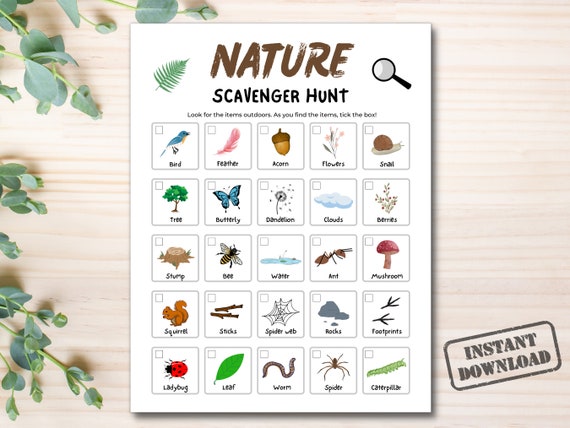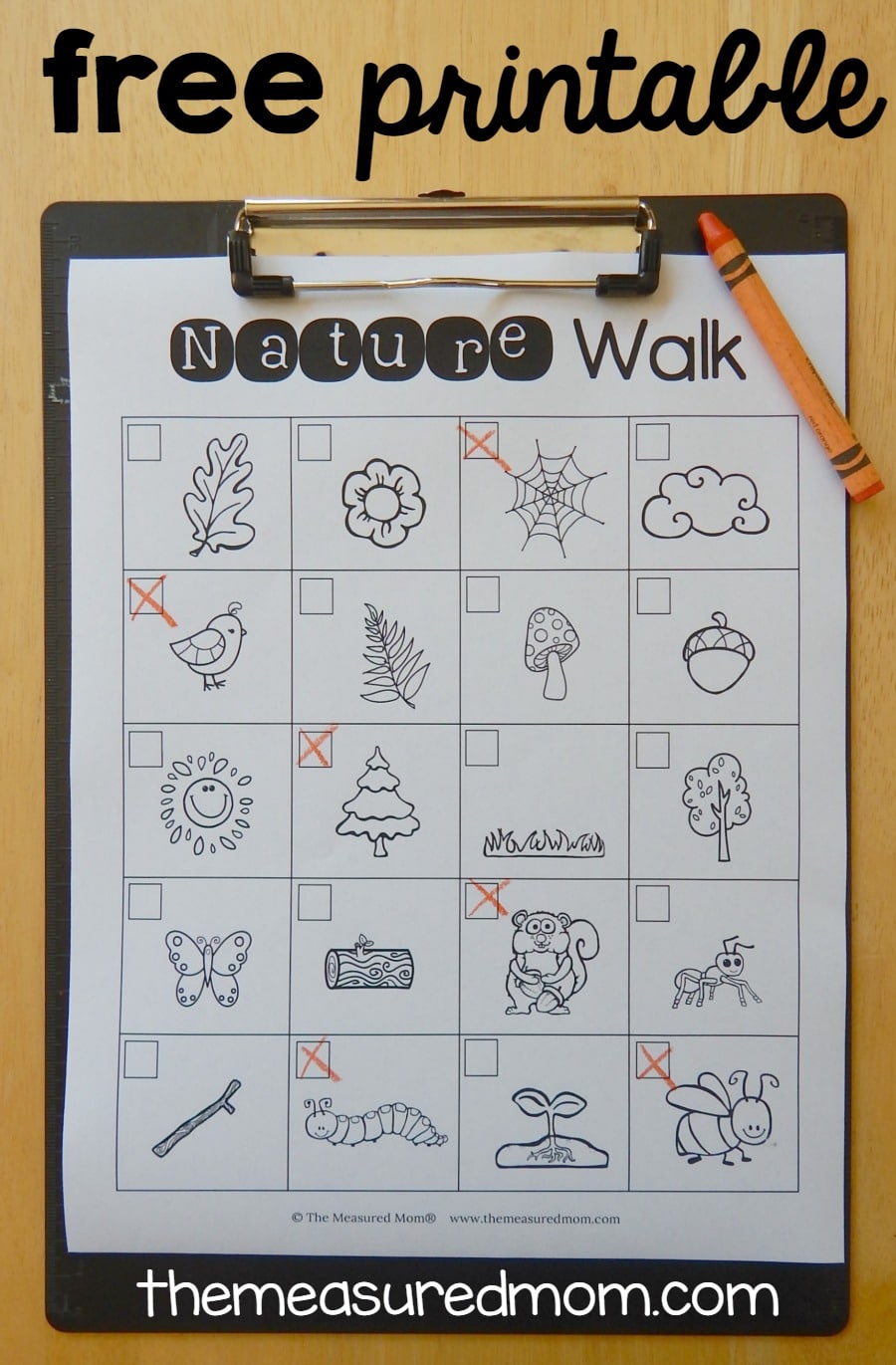Nature Bingo: Perfect for School Events or Outdoor Playtime
Nature Bingo: Perfect for School Events or Outdoor Playtime
Blog Article
How to Create Engaging Bingo Sheets for a Nature Scavenger Search
Developing engaging bingo sheets for a nature scavenger hunt requires a thoughtful approach that integrates style, material option, and participant engagement approaches. Including aesthetic components and interactive difficulties not only boosts the participant experience however additionally fosters a much deeper connection with nature.
Recognizing Bingo Sheet Basics

Products can differ in difficulty, motivating individuals of all skill degrees to take part. Making use of images together with text can improve understanding and charm, specifically for younger individuals.
Incorporating aspects such as themed shades and graphics can elevate the visual of the bingo sheet, making it more welcoming. Furthermore, supplying a short set of directions on the sheet can make clear the regulations of the scavenger search, making certain that all participants understand exactly how to play. By realizing these fundamental elements, coordinators can create reliable and pleasurable bingo sheets tailored to the special context of scavenger pursues.
Choosing Nature-Themed Items

To foster knowing, include things that motivate interaction with their environment, such as recognizing particular bird calls or acknowledging different tree types. Furthermore, think about consisting of items that advertise curiosity, like distinct all-natural formations or proof of animal task.
Diversity is vital; goal to consist of a mix of vegetation, fauna, and geological features to provide a versatile expedition of nature. It's likewise valuable to customize the difficulty degree of the things to match the participants' age and experience.
Designing Your Bingo Sheet
When creating your bingo sheet, it is important to create a design that is very easy and visually attractive to browse for individuals. Begin by selecting a grid layout that accommodates the variety of items you have actually chosen for the scavenger search. A regular 5x5 grid is efficient, providing ample room for 25 nature-themed products, though you can readjust the dimensions based on your details requirements.
Include engaging visuals together with each thing, such as illustrations, icons, or pictures, to enhance recognition and promote interest. Guarantee that the typeface is legible and appropriately sized, enabling participants of every ages to check out the text effortlessly. Use contrasting shades for the background and text to boost visibility.
Additionally, think about incorporating thematic elements, such as nature concepts or a shade combination motivated by the setting, to enhance the scavenger quest experience. In addition, leaving some empty squares for participants to write in their findings can include an interactive element to the game. Ensure that the bingo sheet is printed on long lasting paper or laminated to stand up to outside problems, allowing for a pleasurable and successful scavenger hunt experience.
Tips for Engaging Individuals
To make best use of individual involvement during the scavenger hunt, including interactive aspects can significantly enhance the total experience. Begin by setting clear objectives, ensuring that participants recognize the function of the scavenger search and what is expected of them. This quality fosters enthusiasm and inspiration.
Utilizing a selection of bingo sheet layouts can also keep participants interested. For example, think about mixing conventional items with one-of-a-kind look what i found difficulties, such as taking a photo with a specific plant or identifying a particular bird. This variation not just diversifies the experience however also motivates synergy and collaboration amongst individuals.
In addition, supplying opportunities for participants to share their experiences can strengthen engagement. Develop a communal room, either physically or electronically, where individuals can display their finished bingo sheets, share photos, or discuss their findings. This social element promotes a sense of neighborhood and shared success.
Finally, consider including a pleasant competitive element, such as awarding tiny prizes for those who finish their bingo sheets initially. This not only incentivizes participation however additionally includes an exciting layer to the scavenger search, making certain a engaging and unforgettable occasion for all involved.
Concepts for Incentive Obstacles
Integrating benefit obstacles into a scavenger search can raise the experience by adding an additional layer of enjoyment and interaction. These challenges urge individuals to believe artistically and engage more deeply with their surroundings. Here are some ideas to think about.
First, present a photography difficulty where participants need to capture certain moments or products in nature, such as a bird in trip or a close-up of an unique fallen leave (nature scavenger hunt). This not only advertises monitoring abilities but additionally permits for innovative expression
Second, established a nature-themed facts obstacle, where individuals answer concerns related to neighborhood flora and animals. This can boost their understanding while making the scavenger search extra academic.
Third, consist of a team-based difficulty, such as a relay race to accumulate specific items from their bingo sheets. This promotes teamwork and adds an element of pleasant competition.
Last but not least, you can look here think about a "nature art" obstacle, where individuals create a tiny art piece using collected natural materials. This fosters creativity and admiration for the setting. By incorporating these reward difficulties, you can produce an extra helpful hints enriching and memorable scavenger quest experience.
Final Thought
In final thought, producing appealing bingo sheets for nature scavenger hunts involves cautious consideration of product participant, choice, and style engagement strategies. This method promotes a much deeper connection to the neighborhood community and encourages team effort amongst individuals, ultimately improving the general experience of the scavenger quest.
Producing engaging bingo sheets for a nature scavenger hunt requires a thoughtful technique that integrates style, web content choice, and participant involvement approaches. Additionally, giving a short collection of directions on the sheet can clear up the rules of the scavenger hunt, making certain that all participants comprehend how to play. When choosing things, think about the local environment and seasonal variants, as this will make certain participants are a lot more most likely to experience the items during the scavenger quest.To maximize participant interaction throughout the scavenger quest, integrating interactive aspects can dramatically enhance the general experience.In final thought, developing interesting bingo sheets for nature scavenger hunts includes cautious consideration of item choice, individual, and design involvement methods.
Report this page